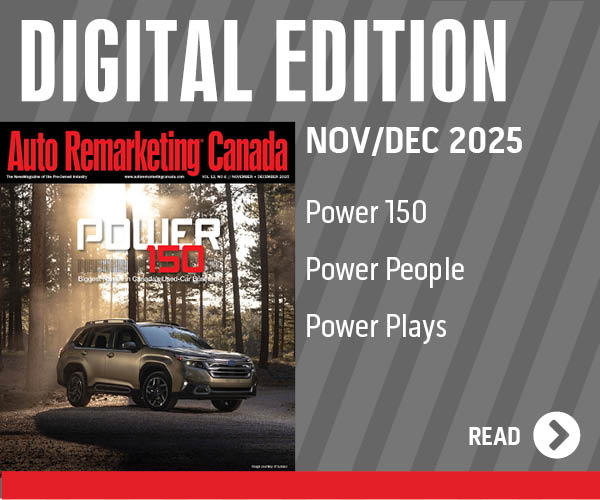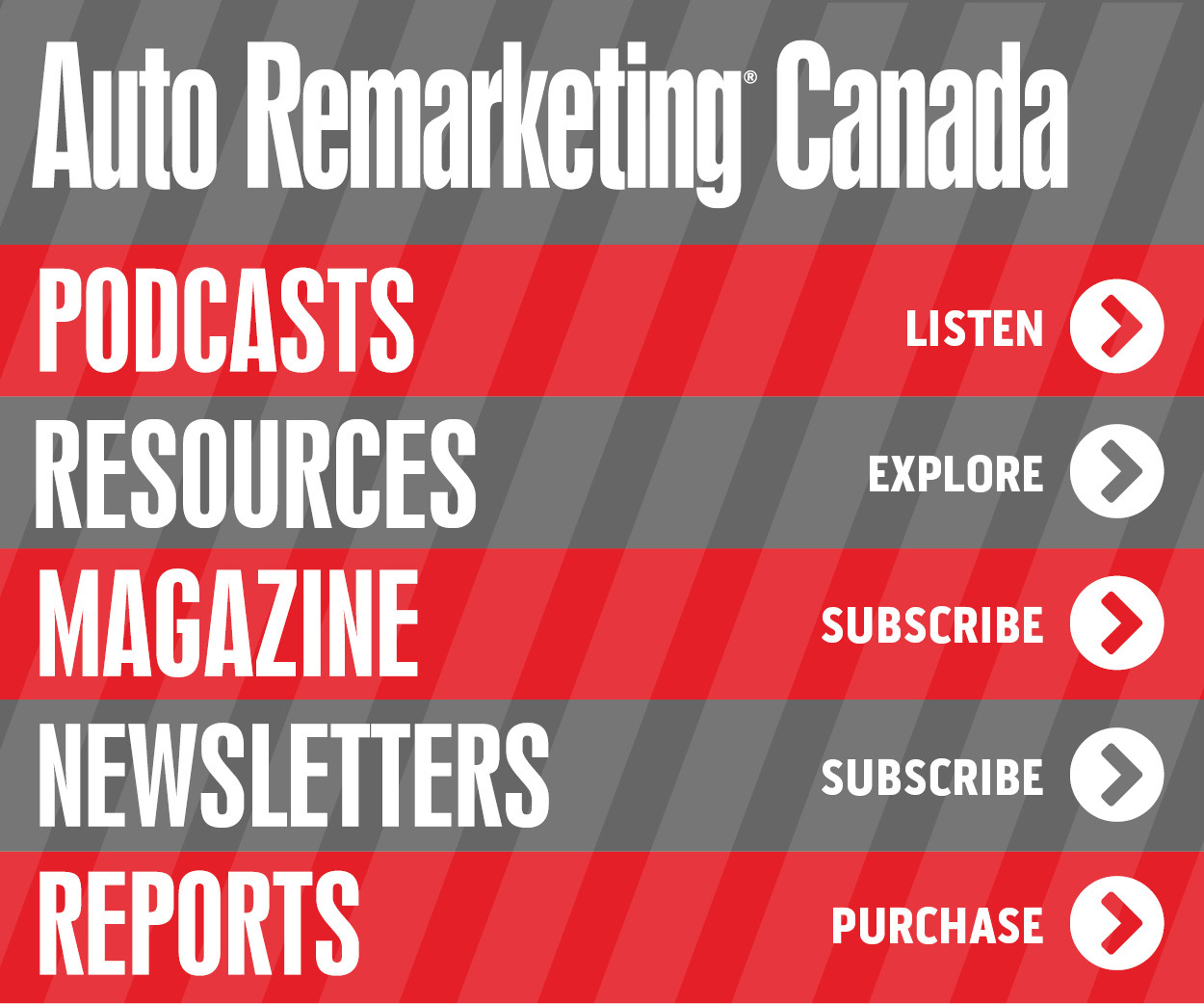4 Keys to Connecting, Engaging Online

By subscribing, you agree to receive communications from Auto Remarketing and our partners in accordance with our Privacy Policy. We may share your information with select partners and sponsors who may contact you about their products and services. You may unsubscribe at any time.
VANCOUVER, B.C. –
Technology in automotive dealerships has come a long way in the past decade, and now some stores equip their salespeople with tablets and have a dedicated e-commerce and marketing staff.
That said, many dealerships either don’t have the resources for the aforementioned initiatives, or are not sure where to start to create a digital strategy.
Madison Clement, digital media coordinator of Vancouver’s Trotman Auto Group and panelist at the recent Auto Remarketing Canada Conference, said although formulating a digital strategy may be overwhelming at times, there are four things all dealerships should make sure they have covered.
- A Mobile Site.
First of all, Clement says dealers must take a look at their mobile sites. Surprisingly, she said, in her experience there are still quite a few dealers who don’t realize how significant a responsive mobile site can be to their bottom line.
“A lot of dealers don’t even know or realize there is a difference between a desktop to a mobile site, and it’s pretty frightening sometimes what you see. So, a great first strategy would be having a strong used-friendly mobile site,” Clement said.
- Texting Options
Secondly, texting options are becoming more and more important right now, especially when attracting younger audiences to your website and dealership.
Subscribe to Auto Remarketing to stay informed and stay ahead.
By subscribing, you agree to receive communications from Auto Remarketing and our partners in accordance with our Privacy Policy. We may share your information with select partners and sponsors who may contact you about their products and services. You may unsubscribe at any time.
“Texting is massive right now. Millennials want to be spoken to on their level, and they want to be engaged in communication they are comfortable with,” said Clement. “And that’s how most of us communicate. Texting will work better than forcing them to make a phone call or fill out a form they might not be ready to fill out.”
- Social Media Strategy
Though some dealerships may not have the funds to dedicate an employee solely to social media strategy and implementation, Clement said it’s more about “knowing where to be.”
“Your strategy doesn’t even have to include paid social media, but rather it’s just knowing and understanding where you should be on social media and how to engage millennials properly,” Clement said. “This includes not yelling out your private sales and screaming about your used cars. There is a process that needs to be in place in order for them to feel safe and that they could engage with you, when they are ready.”
Social media is no longer something that dealer principles can see as a frivolous pastime.
“I think that’s an antiquated view, and we need to recognize and follow the traffic wherever it is,” said Clement.
And social media tends to be where millennials are these days, and Clement said it’s not just the younger generations — “everyone is using these platforms.”
“You have to be on it, and you have to be prepared somebody in your dealership in place to consistently run it because consistency is an issue,” said Clement. “You see someone posting every three months, or every three minutes, and it can throw off and detract from your following.”
Though Clement pointed out dealerships should definitely have a presence on Facebook, but the trend these days, especially with millennials, is leaning toward Twitter usage.
“If you are looking to engage that younger audience, twitter is massive and becoming bigger for that population,” Clement added.
And other network that may be a bit more under the radar when it comes to business usage is Instagram. The tool is no longer just for photos of major life events and pictures of your latest restaurant meal.
“I think you have to be on Instagram because we are seeing such a shift and seeing more male users on Instagram, as well,” said Clement. “You have the female viewership on something like Pinterest, but Instagram covers both sexes.”
Clement said starting off, if a dealership utilizes Facebook, Twitter and Instagram — as well as a Google+ account, of course — “you are pretty much covered.”
- Live Chat
Lastly, live chat options on websites are as crucial as they have ever been as shoppers look for instant gratification and convenience while searching for their next vehicle.
“That is when people are coming to your website and find some sort of chat medium, whether it be through a third party, or done in-house. Either way, you need to have it,” said Clement.
She noted that some dealerships are concerned their messaging might be misconstrued through third-party chat services, but Clement said the positives outweigh any potential negative.
“Live chat is a way to communicate that seems low-risk for the user, not threatening or pushy, and we are able to engage with them in a way they feel comfortable with and is a great medium to reach out to them and hear what they have to say,” said Clement. “It could be anything from your hours, or price questions.”
Though in reading these keys to success online these days, it may seem like marketing tactics have changed dramatically over the years.
This is true, but there are still a few strategies that ring true today that were also valid over a decade ago.
Although these days, it’s no longer about spending the most or having the biggest budget and more about running valuable content, Clement said there is one thing that still rings true today.
“You still have to have some type of value proposition, or unique selling proposition,” said Clement. “That is still important today, as much as it was 20 years ago, and I think that hasn’t changed a bit.”
What has changed are the mediums in which a dealership connects and engages with potential customers.


